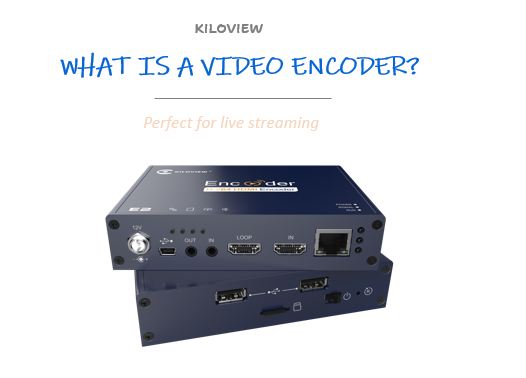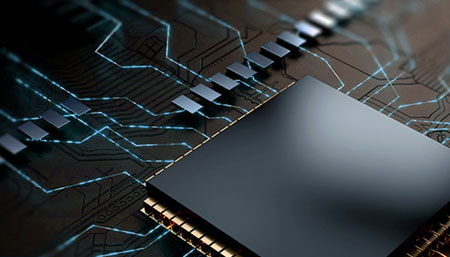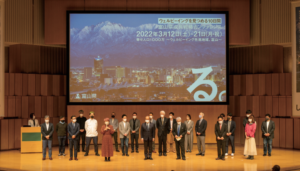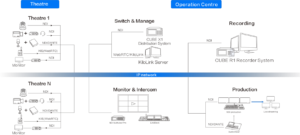Video Encoder, also called live video encoder, network video encoder, is to compress and collect video and audio signal sources including HDMI, SDI, DVI, VGA, AV/S- Video and component signals, etc. , and then convert and encode into digital codes that can be recognized by machines, with generally MPEG-2, MPEG-4, H.264, H.265 and other encoding methods. With encoding and compressing technology into files or real-time network, the TS stream data is transmitted to the remote receiving end or video server of the next-level equipment via the Gigabit or RJ45 ethernet interface. If the receiving end is a PC, you need to run the corresponding decoding software to decode and play; If it is a display device, it needs to be equipped with a video decoding device for decoding and playing.

The video encoder is generally called the sending end of the video source, and is a device that integrates collection, encoding, compression, and transmission. Most of them support multiple network transmission protocols such as TS/HLS/FLV/RTSP/RTMP/UDP/RTP/unicast/multicast. They are an important component of the digital network video and audio live broadcast system.
Video Encoders convert analog or digital video to another digital video format for delivery to a decoder. For television broadcast, video encoders will typically input SDI as an uncompressed digital video signal into H.










